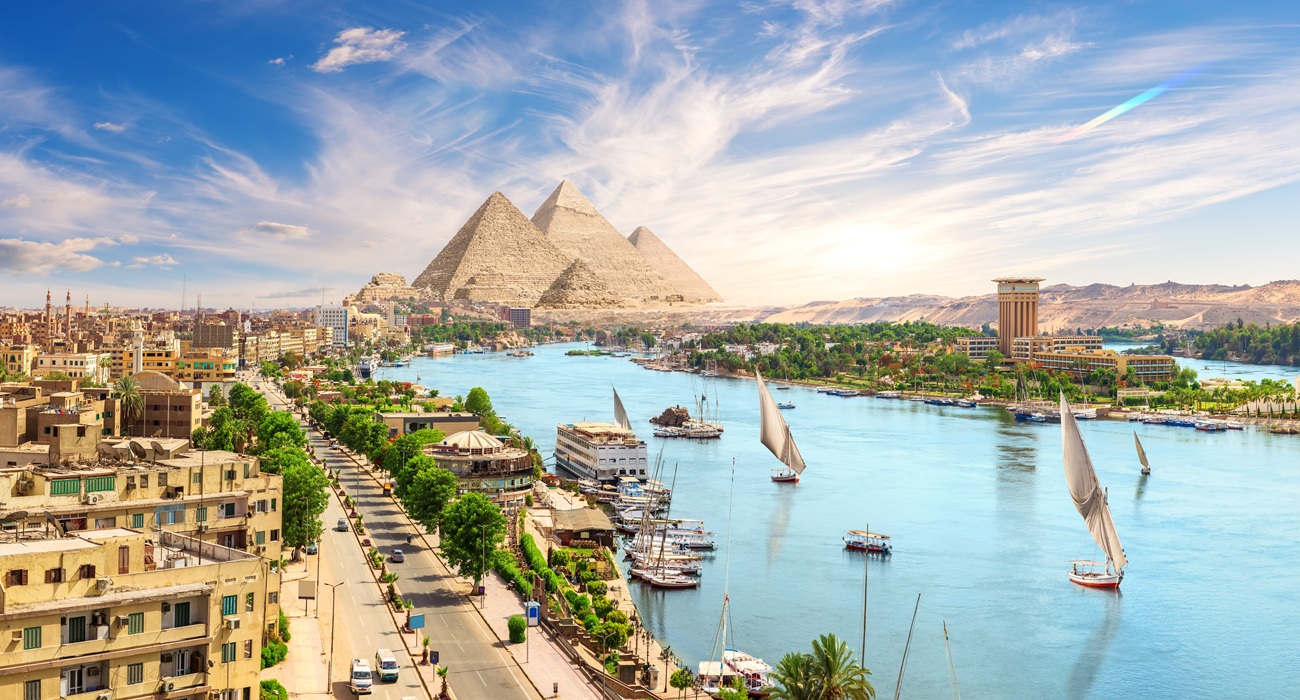Egypt’s Fuel Pricing Journey: From Subsidies to Automatic Mechanisms
Updated 10/4/2025 9:00:00 AM
Following the postponement of the Automatic Fuel Pricing Committee meeting originally scheduled for April 2025, the Egyptian Prime Minister announced that the anticipated fuel price adjustment in October 2025 could be the final significant increase. Notably, diesel will continue to receive subsidies after this adjustment, after which fuel prices will be governed entirely by the automatic pricing mechanism. This mechanism is linked to market trends, Brent crude prices, and the US dollar exchange rate.
In this Factsheet, we explore the origins of automatic fuel pricing in Egypt, outlining its key mechanisms and the different stages of implementation.
- In July 2014, the Egyptian government announced a reform program to gradually phase out energy subsidies, with a particular focus on fuel pricing. Hence, fuel subsidy allocations in the public budget fell from $14.2 billion (EGP 99.6 billion) in fiscal year (FY) 2013/14 to $1.5 billion (EGP 75.03 billion) during the current FY2025/2026.
- The government initiated the first wave of fuel price adjustment in FY2016/17, when prices increased twice: in November 2016, by 31%-47%, and again in June 2017, by 43%-55%.
- In June 2018, the Prime Minister approved a new pricing mechanism to regulate the fuel market efficiently. This step was supported by the International Monetary Fund (IMF) during its third review under the $12 billion financing program.
- The mechanism was implemented to relieve the public budget from the unexpected fluctuations in exchange rates and global oil prices. It targeted adjusting fuel prices, including diesel, gasoline, kerosene, and fuel oil. This process is based on the movements of global prices, exchange rates, and domestic consumption.
- With the implementation of the new pricing mechanism, the government raised fuel prices in June 2018 by 35%-51%. Another increase followed in July 2019, with hikes of 16% for octane-95, 18.5% for octane-92, and 22.7% for diesel and octane-80.
- In 2020, the government maintained stable fuel prices to partially ease the inflationary pressure caused by the COVID-19 pandemic.
- In 2021, prices increased twice, in July and October, by a total of 9% to 12%. The government further raised prices three times in 2022, a total increase of 12%-16% compared to 2021.
- In 2023, prices rose twice, in March and November, amounting to a cumulative increase of 16% to 25%. Moreover, fuel prices increased three times in 2024, reaching EGP 13.75 to EGP 17 per liter, a total increase of 33%-38%.
- After six months of price stability, prices climbed again in April by EGP 2 per liter across all types, representing an increase of around 13%-14.5%.
By: Amina Hussein
Related News

Investment Directions in Egypt During January-September 2025
Updated 10/25/2025 9:00:00 AM

Egypt’s FY2024/25 Outcomes and FY2025/26 Projections
Updated 10/18/2025 9:00:00 AM

Egypt’s Demographic Profile: Key Population Trends and Indicators
Updated 10/11/2025 9:00:00 AM

Egypt’s Iron and Steel Market in Focus
Updated 9/27/2025 9:00:00 AM

Tracking Egypt’s State Asset Sale Program (2022–2025)
Updated 9/20/2025 9:00:00 AM






